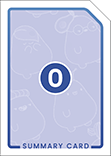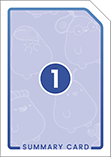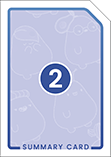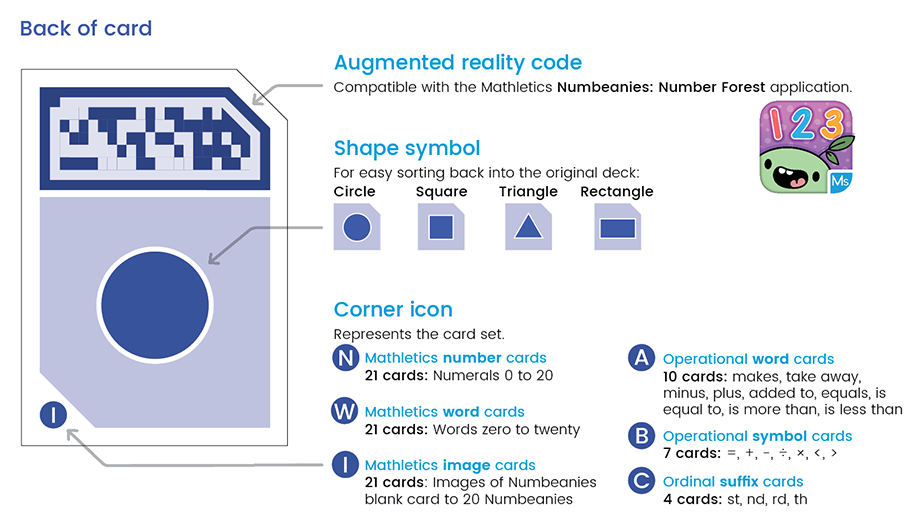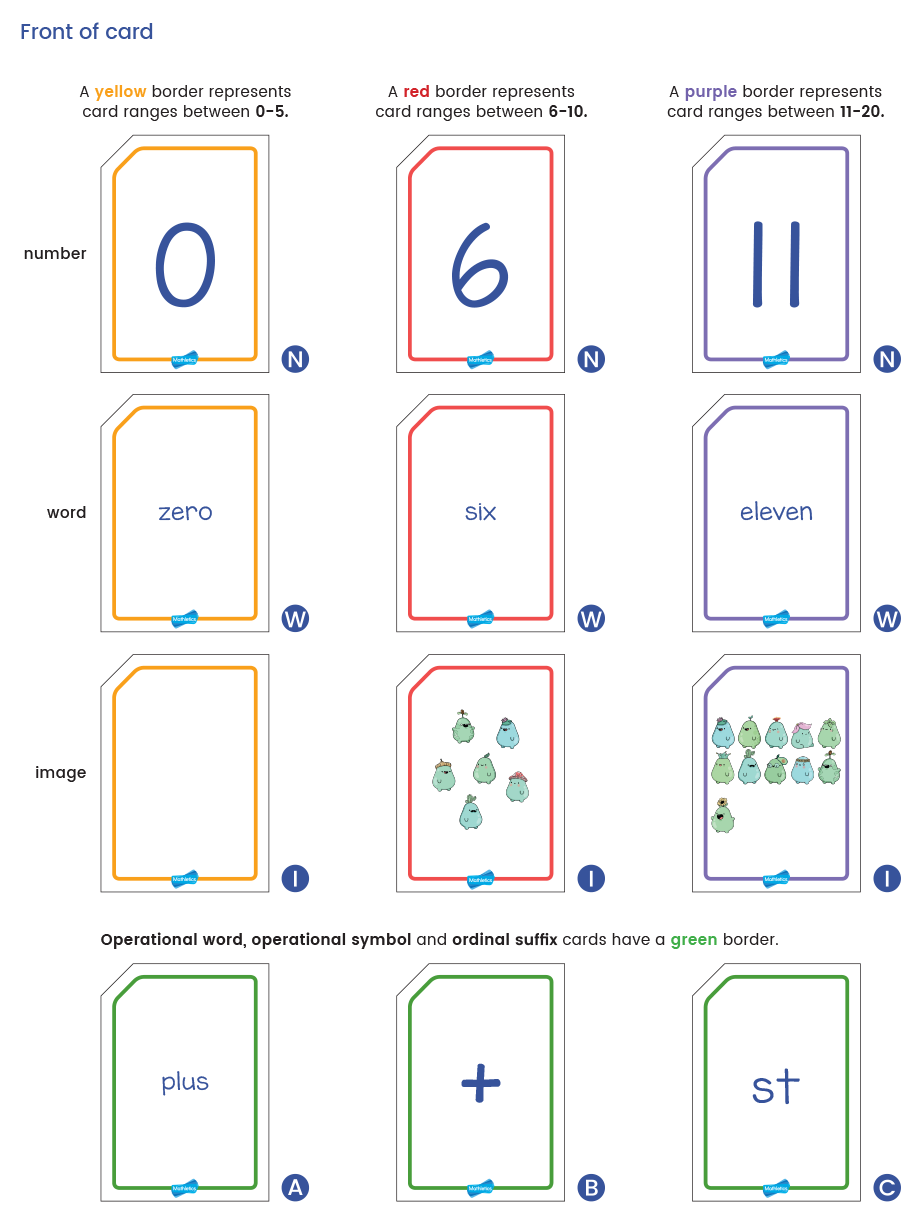Back to card games
Card games
Navigate
Strand NumberTopic Whole numbers, Addition, Subtraction
- 2
- Prep < 5 mins

- Play 5-10 mins

 Pairs
Pairs Groups
Groups

Summary
Students add and subtract 10s and 1s to navigate across the 100 chart to reach the chosen end point.
Curriculum content
- Compare, order, read and represent numbers to 100
- Apply place value understanding of 10s and 1s
Addition and subtraction
- Record number sentences using drawings, words, numerals and the symbols +, – and =
- Apply strategies and skills for addition and subtraction
Materials
Card sets
- 1 set of Mathletics number cards 0 to 9
 0-9
0-9
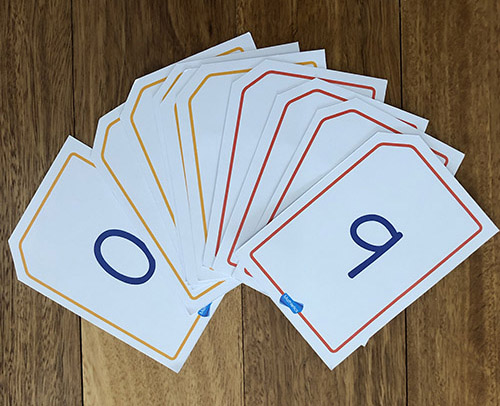
Concrete
- 2 colored counters
- 1 erasable marker
Printables
- 100 chart (laminated) Download 100 chart - USL Download 100 chart - Tabloid
- Navigate game sheet per pair
How to play
Set-up
- Arrange students into pairs or small groups of 3 to 4 (groups will require an A3 100 chart)
- Give each pair a 100 chart and 2 sets of Mathletics number cards 0 to 9.
- Assign colored counter per player (different colors).
- Shuffle or mix up the cards and place them in a pile face down.
Rules
- Player 1 selects 2 cards and uses them to make a 2-digit starting number. Place both or all playing counters on the starting number.
- Player 2 selects 2 cards and uses them to make a 2-digit target number. Mark the target number with an erasable marker.
- Cards are returned to the pile. Shuffle or mix up again.
- In turn, each player turns over a number card. The player chooses whether to move up or down by adding or subtracting that number of 10s or 1s.
- Each player records their new position using their colored counter.
- The winner is the first player to reach the target number.
Variations
CHANGE it down
- Alter the starting point. Ask students to create a low number to encourage addition and a high number to encourage subtraction.
CHANGE it up
- Ask students to select a starting number and an end number anywhere on the 100 chart. Get pairs to share 1 set of 1 to 9 Mathletics cards. Each player selects 2 cards. They can select only 1 of these cards to add or subtract.
What to look for
- Are students using 100 chart confidently to add 10s and 1s?
- Are students able to record addition and subtraction number sentences?
- Are students able to work ahead and alter their calculations to fit the number of moves they need to make?
- Ask students to explain their calculation strategies. Look for students using efficient mental strategies such as subtract 20, add 2 to subtract 18. Look for students who use inefficient strategies such as counting on to add and counting back to subtract.
